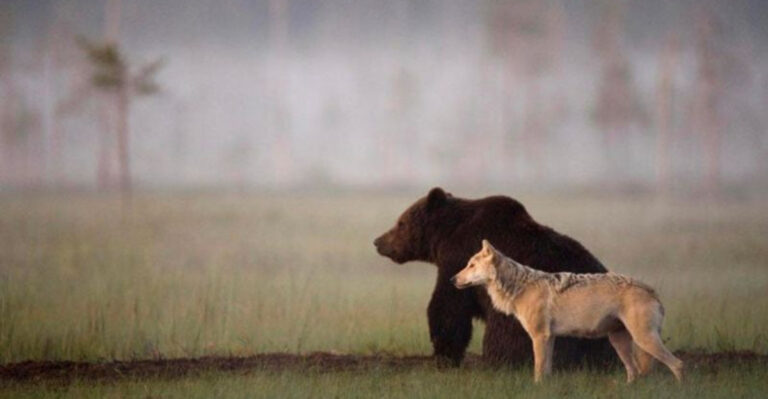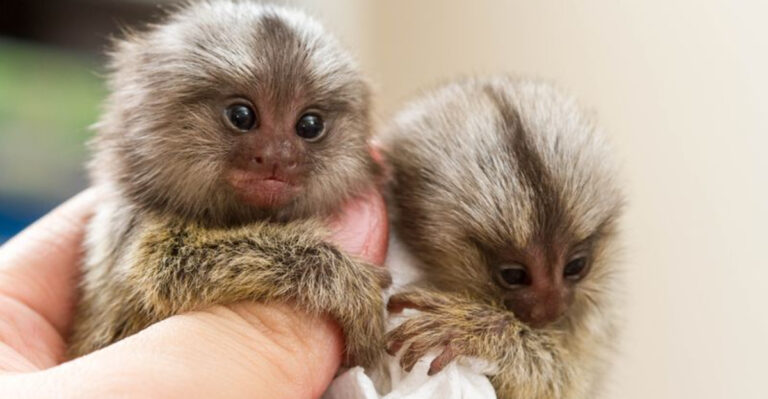These Images Show How 10 Different Animals See The World Compared To Humans
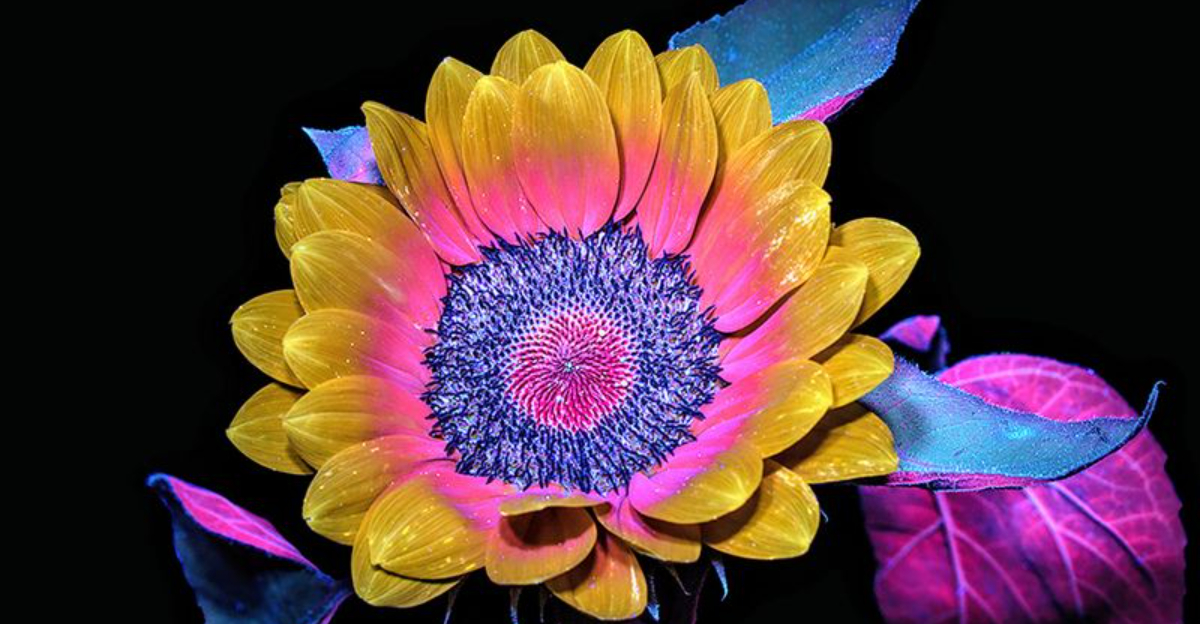
Ever wonder what the world looks like through your pet’s eyes? Animals perceive colors, shapes, and movements very differently than we do because of their unique eye structures and brain processing.
From ultraviolet vision to motion detection superpowers, the animal kingdom has evolved incredible visual adaptations to help creatures survive in their environments. Let’s take a fascinating peek through the eyes of ten different animals!
1. Buzzing With Ultraviolet: The Bee’s Kaleidoscopic View

Imagine seeing flowers glowing with secret road signs invisible to humans! Bees detect ultraviolet patterns on flower petals that guide them straight to nectar sources.
Their compound eyes divide images into thousands of tiny pictures, creating a mosaic-like view. Though slightly blurry compared to human vision, bees make up for it by seeing colors we can’t even imagine.
2. Snake Vision: Heat-Sensing Superpowers
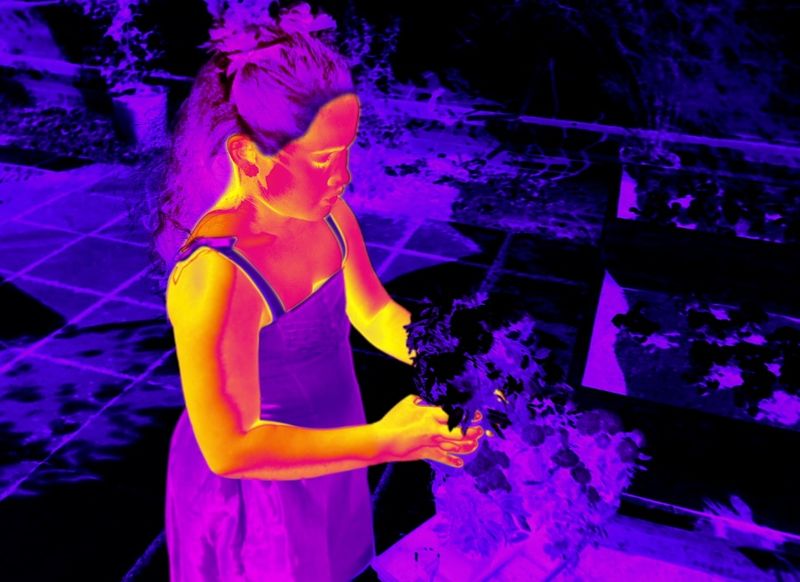
Forget night vision goggles – pit vipers have built-in infrared sensors! These specialized pits between their eyes and nostrils detect heat signatures, allowing them to see warm-blooded prey in complete darkness.
Regular vision for most snakes is actually quite poor. They see the world in muted colors with less clarity than humans, but their ability to detect movement compensates wonderfully.
3. Seeing In Slow Motion: The Fly’s High-Speed World

Your casual swat seems lightning-fast to you, but to a fly, you’re moving in slow motion! Flies process visual information up to five times faster than humans, which is why they’re so hard to catch.
Their compound eyes give them nearly 360-degree vision with thousands of tiny lenses. Colors appear more muted and blurry, but they excel at detecting the slightest movements around them.
4. Underwater Clarity: How Sharks View Their Domain
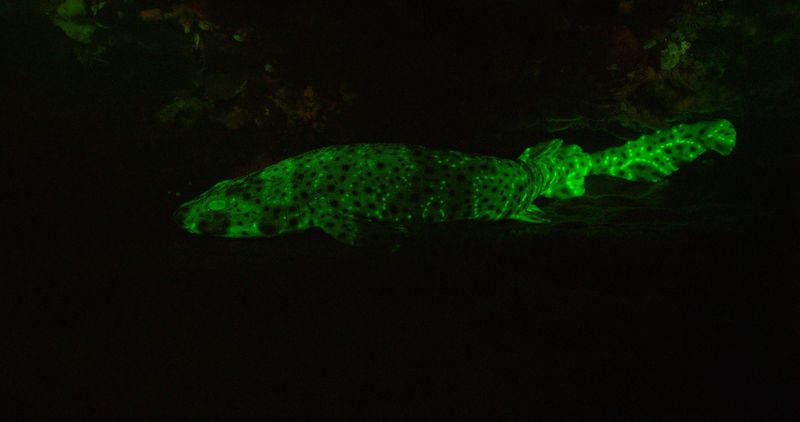
Murky waters don’t bother sharks one bit! Their eyes contain special reflective cells that amplify available light, giving them superior vision in dark ocean depths.
While humans struggle to see clearly underwater, sharks have adapted eyes that work efficiently in their aquatic home. They may not see a rainbow of colors, but their contrast detection is exceptional, helping them spot prey from impressive distances.
5. Bird’s Eye View: The Eagle’s Incredible Zoom Lens
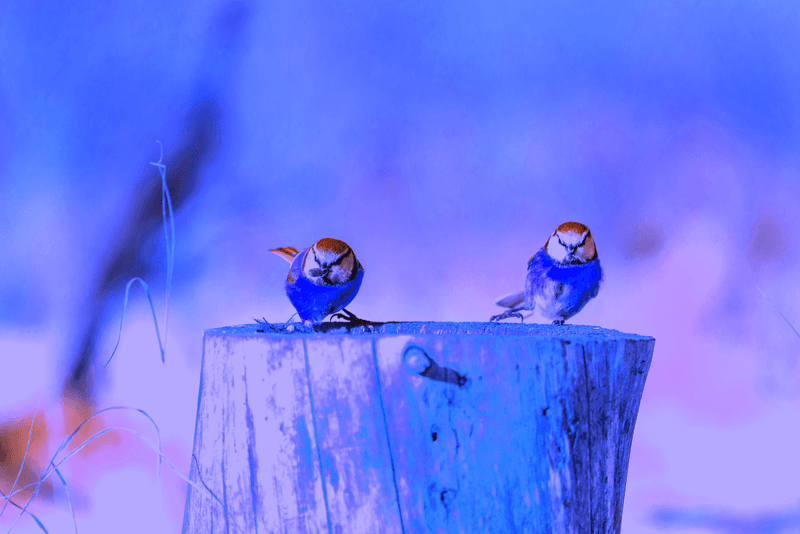
From hundreds of feet in the air, an eagle can spot a rabbit smaller than a penny! Their retinas contain five times more visual cells than humans, creating natural binocular vision.
Birds also see a broader range of colors, including ultraviolet light. Their vision is so sharp they could read a newspaper headline from across a football field – if they could read, that is!
6. Night Vision Champions: The Owl’s Nocturnal Advantage
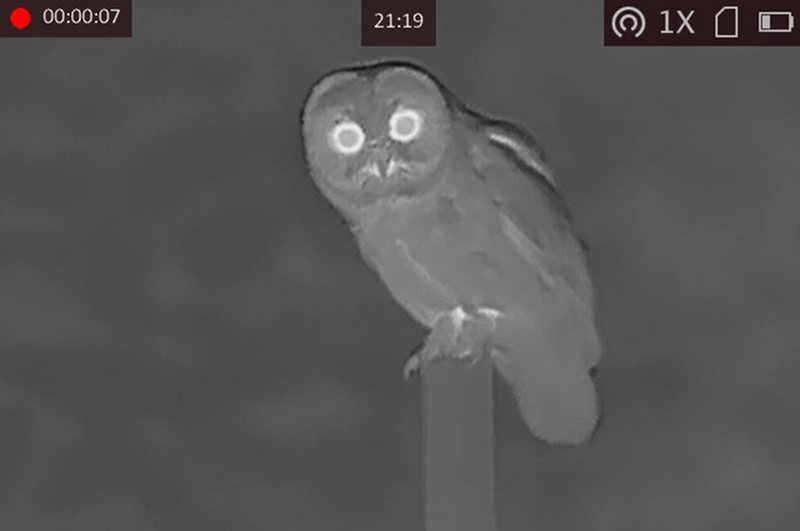
Who needs flashlights when you’re an owl? Their enormous eyes collect light so efficiently they can hunt in near-total darkness. Unlike humans, owls have eyes fixed in their sockets, which is why they turn their heads nearly 270 degrees!
While color perception is limited, their incredible light sensitivity creates a brighter nighttime world. They also perceive depth differently due to their forward-facing eyes.
7. Panoramic Perspective: The Horse’s Wide-Angle World
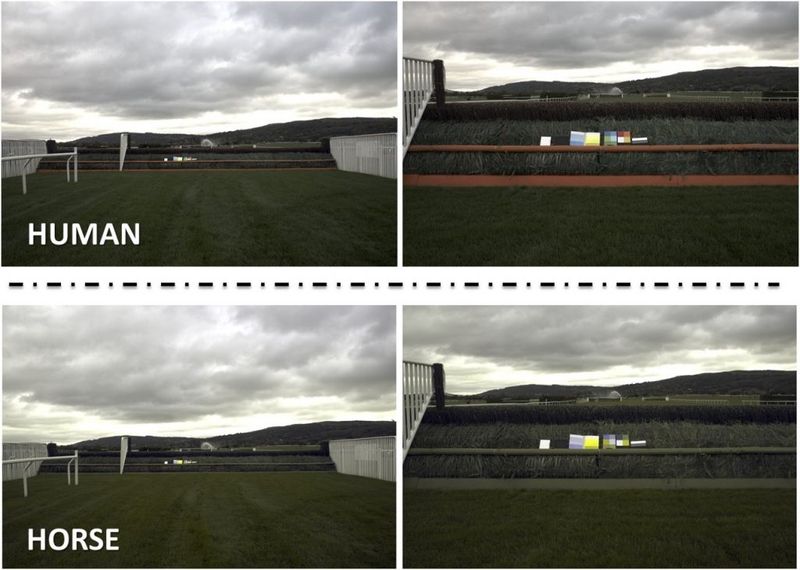
Horses have the ultimate side-eye! With eyes on opposite sides of their head, they enjoy nearly 360-degree vision – perfect for spotting predators while grazing.
The trade-off? Horses have blind spots directly in front and behind them. Their color vision isn’t as vibrant as ours, seeing mainly blues and yellows while missing reds entirely. They also struggle with depth perception directly ahead.
8. Double Vision: How Chameleons See In Two Directions

Talk about multitasking! Chameleons can move each eye independently, watching predators with one eye while hunting insects with the other. Their eyes rotate like turrets, giving them a full 360-degree field of vision.
Each eye sends separate images to different sides of the brain. When hunting, they align both eyes forward, gaining exceptional depth perception to accurately judge the distance for their lightning-fast tongue strikes.
9. Seeing Sound: How Bats Navigate Through Echolocation
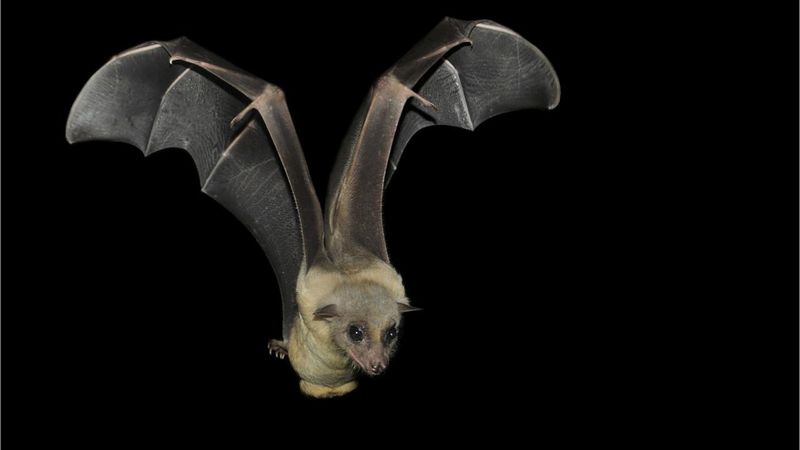
Forget traditional vision – bats “see” with their ears! By sending out high-frequency sound waves that bounce off objects, bats create detailed mental maps of their surroundings.
While most bats have eyes and can see, their visual world appears dim and blurry. Their echolocation vision, however, provides extraordinary detail about object distance, size, shape, and even texture, all processed faster than our visual system.
10. Canine Color World: Your Dog’s Blue-Yellow Spectrum
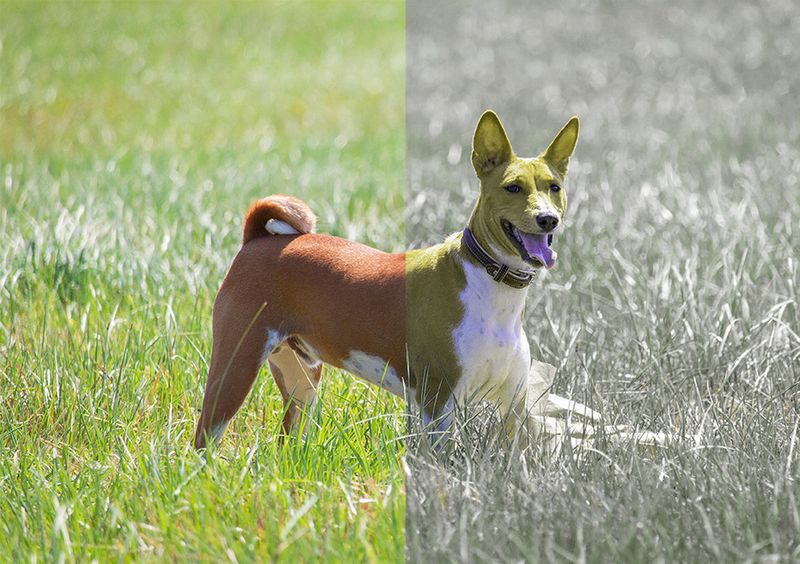
Your red toy might look muddy brown to your furry friend! Dogs have dichromatic vision, seeing primarily blues and yellows while reds and greens appear as grayish-brown tones.
What dogs lack in color perception, they make up for in motion detection and night vision. Their eyes contain more motion-sensitive cells and light-enhancing structures, making them experts at spotting that squirrel darting across the yard even in dim light.

